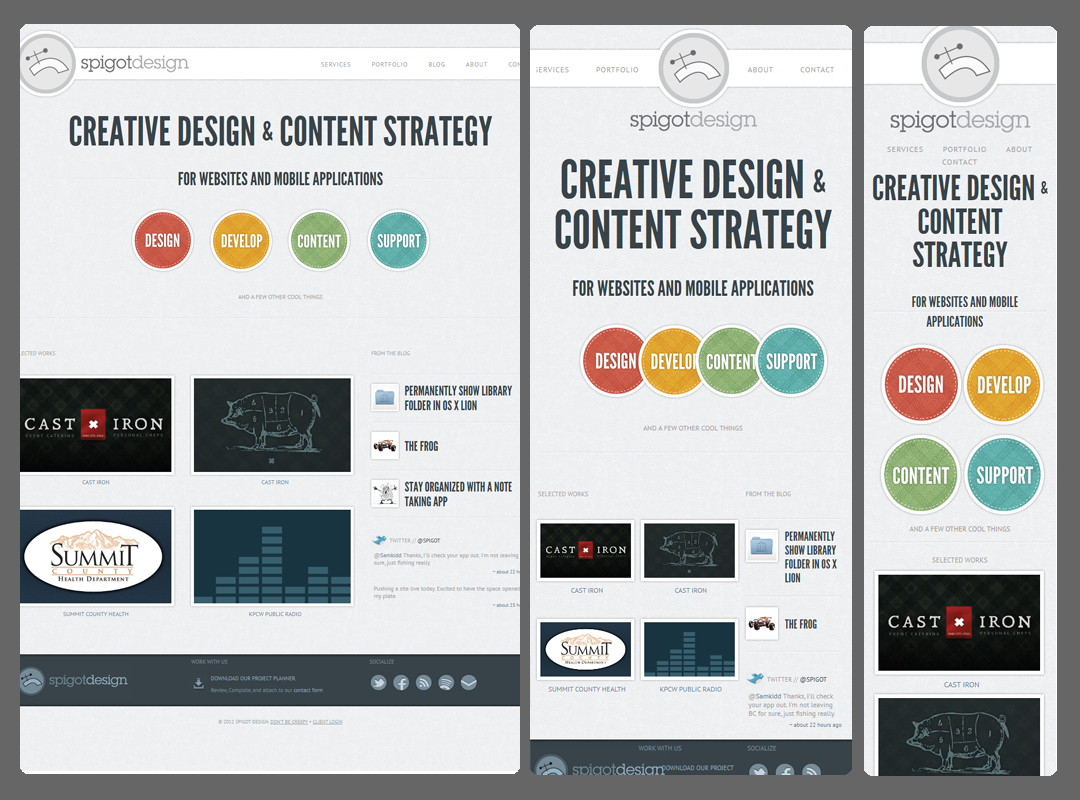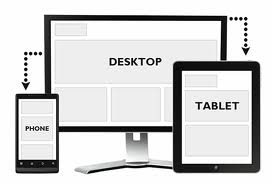
UX: Since the majority of internet traffic is now happening on smartphones, mobile-first looks to provide excellent and fast UX to smartphone users.For B2C businesses, mobile-first is ideal because their customers are on the go and the majority use smartphones. Most B2B clients access their website via laptop or desktop computers which makes this type of design a priority. Purpose: Although both B2B and B2C sectors use both mobile-first and responsive web design, responsive web design is more common among B2B businesses.Designers narrow it down to smaller screens so the content and layout fit different devices. Responsive web design, on the other hand, begins with the maximum required screen resolution.
RESPONSIVE WEBDESIGN DOWNLOAD
By scaling from mobile to desktop layout, they ensure an excellent user experience characterized by fast download speeds, rich media content and easy navigation. Design process: With mobile-first design, web designers begin with a website that fits the mobile device first, before adapting it for desktop computers.Mobile-first web design differs from responsive web design in: Responsive web design and mobile-first web design each have their pros and cons. Mobile-First Web Design: What Is The Difference? Once the UX designs are confirmed by the client, the designers can proceed with user interface (UI) design which applies color, images, branding elements and other details onto the approved UX structure. The purpose of this black-and-white version is to map out the conversion funnel and content both on desktop and on mobile. The grayscale versions you see on the left are of the UX design on our Digital Silk website. The designers start with the desktop version, then scale it down to mobile. Now, let’s put the technicalities behind us and see why a responsive website is a a must-have in 2022 and beyond.Įxample of responsive UX (left) and UI (right) web design On mobile, the user would have to zoom into different parts of the page to read the copy and in other cases, images could take up the entire screen, causing the need to scroll.īy applying a CSS/ HTML command, images acquire the necessary fluidity and automatically adjust to the relevant screen. They have fixed sizing proportions, which can cause inconsistent presentation problems across multiple screen sizes. Unlike the fluid grid example, images are not fluid by nature. Whilst this might sound complicated, there are tools such as Bootstrap, H5P, and Elucidat that help with this process. These filters change the layout of the page in order to meet the requirements of the device rendering the content. Media queries are filters that help your website adapt to the proper width and height. The ability of the content areas to move is characterized as “fluid.” 2. The grid will end up with a different shape but the content will still be there. Once the size of the screen changes, the content areas adjust accordingly in order to stay within the container. Think of your screen as a container separated into different content areas that form a grid.

Responsive web design is based on three main principles: 1.

Responsive Web Design Examples From Renowned Brands.What Does Responsive Web Design Look Like?.Leading Responsive Website Design Company.


 0 kommentar(er)
0 kommentar(er)
